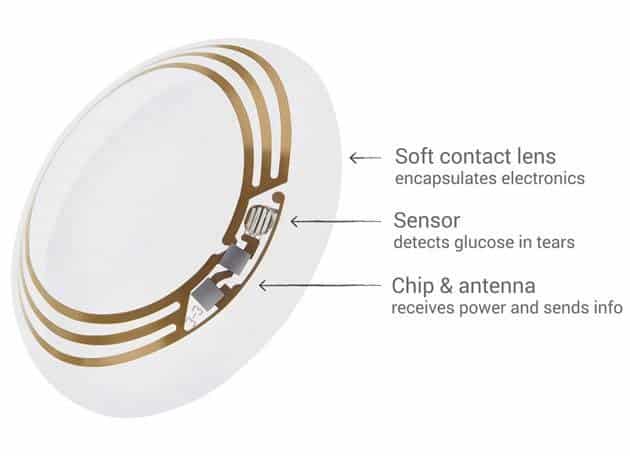Hands-free access to right through your eyeballs
Technology is getting more appealing and useful. Current technologies such as voice assistants and A.I personalization tools, show a trend where technology increasingly brings access to our devices closer to our bodies – just like smartphones brought computers from our work desks to our palms.
Now, a quantum leap will give rise to a new generation of smartphones that are accessed right from within our bodies. Currently under works at a tech company, Mojo, based in California, is a new technology that mounts the control panel of your phone on your eyeballs, literally.
Other tech giants like Facebook and Apple have since picked up on the trend and are currently etching out the key components of their AR glasses. However, none of their prototypes will come as close as Mojo’s does to our bodies.
The company is looking to ditch frames all together to fuse all the microcomponents into contact lenses.
The project was initiated back in 2008 with research, while product development began in 2015. So far, Mojo has managed to impress Silicon Valley big shots, pooling together a venture capital of $108m from sources like Google’s Gradient Ventures, Khosla Ventures, New Enterprise Association (NDA), and Standford’s StartX fund.
Mojo has also managed to keep the project under a low profile since inception, as it’s taken over a decade to come this far and the final product will not be ready anytime sooner than a few years from now. However, with the company growing more confident by the day with their new smartphone, they’ve decided to field more questions about it officially.
“We’re really confident about this working,” said Steve Sinclair, VP of product and marketing, in an official statement. “That’s why we’ve come out of stealth, because we’re seeing all the pieces coming together into a product that does everything we want it to do.”
Sinclair, who had a seven-year stint at Apple as a member of the iPhone product planning team, believes the technology now seems more realistic and marketable than it sounded at first.
The anatomy of the contact lens
The components of Mojo’s AR contact lens. src
The contact lens creates a magical display by capturing some 70,000 pixels within a space that’s just shy of a half-millimeter diameter. It basically provides a microscopic view of images that have been compressed to sizes much smaller than a grain of sand. This display is projected directly in front of the pupil, focusing the light on specific areas of the retina.
The rays hit the fovea – tiny indented spots on the retina, which help us to identify the fine details of light from close objects. The fovea contain the largest clusters of photoreceptors, which convert light into electrochemical signals. By focusing on this area of the eye, the contact lens ensures that images are displayed right where they’re most likely to be captured in the eye. The targeted rays therefore need less power and light to show up on our visual field. The display is quite small and faint, it blends smoothly into the real-life backdrop.
Other key components of the new smartphone still under works include a stack of microcomponents, including a tiny single-core ARM-based processor, an image sensor, an eye-tracking sensor, a communication chip, a tiny thin-filmed, solid-state battery.
Sinclair explained that the battery will be charged in a small case akin to an AirPods case. He also hinted at a wireless charging system in the future comprising a thin charging device that is worn loosely around the neck. The lens will also function with internet connection from a smartphone.
Final words – On the horizon of AR contact lenses
While the product is geared towards consumers and businesses, the company is planning to cater first to people they believe would appreciate it the most. The product will be available first to people with visual impairments who’re not responding well to medicated glasses. The company has acquired the Breakthrough Device Designation, which helps accelerate the research, development, testing and review of products designed for people with life-threatening or impairing conditions.
The company has also partnered with the Vista Center for the Blind and Visually Impaired in Palto Alto, as well as experts from the FDA to optimize the new smartphone.
